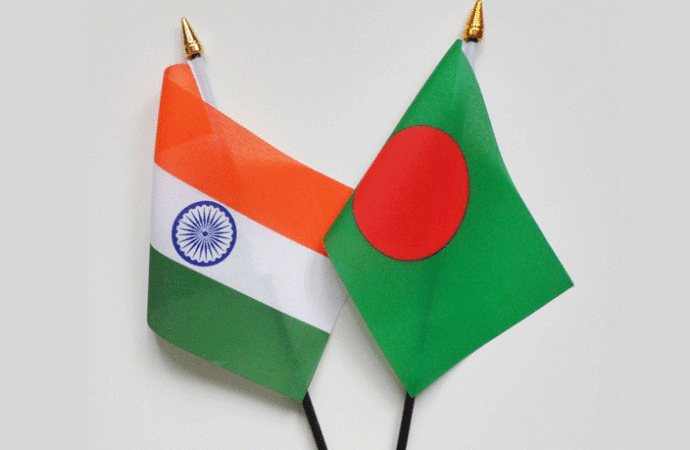The Business Standard
BANGLADESH

As many as 24.1% of Bangladesh’s population, or around 3.92 crore people, lives in multidimensional poverty, which means they experience deprivations in their daily lives such as poor health facilities, insufficient education and a low standard of living, according to a report by the UNDP and the Oxford University.
Despite the country’s success in poverty alleviation, multidimensional poverty forces some 24.3% of the population to remain below the poverty threshold, states the report that was published on Tuesday night with the title “The 2021 Global Multidimensional Poverty Index (MPI)”.
The report, however, said the country’s poverty alleviation efforts were not equal for different regions as Sylhet performed poorly on a multidimensional poverty index prepared with the data from 2014 to 2019.
Poverty is often defined as the lack of money. However, the poor themselves consider their experience of poverty much more broadly. A person who is poor can suffer multiple disadvantages at the same time – for example they may have poor health or malnutrition, a lack of clean water or electricity, poor quality of work or little schooling. Multidimensional poverty measures the disadvantages to create a more comprehensive picture.
The Sustainable Development Goal-1 aims to end poverty in all its forms everywhere in the globe.
The joint report by the United Nations Development Programme (UNDP) and Oxford University had ten indexes on three topics – education, health and standard of living.
In the UNDP-Oxford report, a household would be considered multidimensional poor or impoverished if it had one-third of the deficit in the ten indexes.
The health gauge comprised nutrition and child mortality, while standard of living measured access to sanitation, potable water, power and property ownership. Education evaluated student turnout in classes and completion of primary education.
Among the multidimensional poor in Bangladesh, the report said school enrollment was around 25% while class turnout was around 9%. The group registered 1.3% child mortality and 8.7% malnutrition.
The report calculated the poverty rate by assessing the weighted average of the indexes, and underscored poverty intensity too.
It says some 4.6% of the multidimensional poor have access to power while 1.4% drink safe water. The scores for oil or gas for cooking, sanitation and property ownership stand at 22.8%, 15.3% and 15.9%.
The report says 12% of the primary and secondary level students in Bangladesh are living in multidimensional poverty and face dropout at the end.
Dr Sayeam Haque Bidisha, research director at South Asian Network on Economic Modeling (Sanem), said a portion of the population remains vulnerable though the rise of cap capita income. Multidimensional poverty index can provide a comprehensive picture about the vulnerable group.
She advocated for identifying the “poverty pockets” and widening up the social safety coverage.
In the multidimensional poverty index, Bangladesh fared better than Pakistan’s 0.198 by scoring 0.104. The country in the poverty-led intensity of deprivation also overtook Pakistan.









